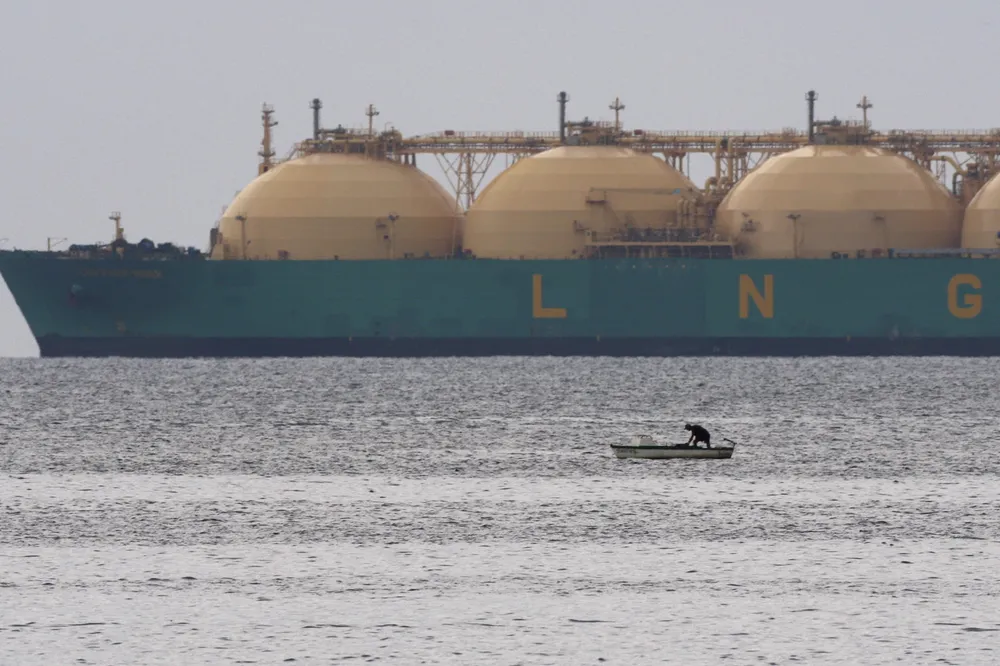Gas prices continue to surge as Europe and Asia compete for LNG cargoes
The US and Qatar ideally placed to capitalise on surging spot prices, with leading exporter Australia selling the majority of its exports under long-term contracts

The US and Qatar ideally placed to capitalise on surging spot prices, with leading exporter Australia selling the majority of its exports under long-term contracts
